The genus myrtle (Myrtus) is a representative of the Myrtle family and unites approximately 20 to 40 species. In the wild, myrtle can be found on almost all continents, namely in the USA in Florida, in Europe off the Mediterranean coast, in West Africa and in North America. This genus is represented by low evergreen trees or shrubs. Solid, oppositely located leaf plates leathery to the touch. Flowers grow from the axils of the leaves, they are collected in short racemose inflorescences, they can be part of the bundles or grow alone. Such a plant is very popular among flower growers, and it is also used in medicine and perfumery - essential oil is extracted from stems and foliage. If you take care of myrtle correctly, it will grow for a very long time at home. It is also interesting that the culture has a phytoncidal effect.
Content
Brief description of cultivation
- Bloom... In the first half of the summer period.
- Illumination... The light should be bright, but diffused.
- Temperature regime... In the spring-summer period - from 18 to 20 degrees, and in winter the room should not be warmer than 10 degrees, but it is better if it is about 5 degrees.
- Watering... From spring to autumn, the plant must be watered abundantly immediately after the top layer of the soil mixture in the container dries out. During cold wintering, watering should be very scanty and rare, but complete drying of the earthen coma should not be allowed.
- Air humidity... Throughout the growing season, systematically moisten the bush from a sprayer with lukewarm water. It is not necessary to spray it in winter.
- Fertilizer... In the spring-summer period, myrtle is regularly fed once every 7 days, for this they use a complex mineral fertilizer. There is no need to feed him in winter.
- Dormant period... Observed in winter. If the bush is in the northern part of the room, then the duration of the dormant period will be about 3 months, and when placed in the southern part of the apartment, its duration will be about 6 weeks.
- Pruning... Formative pruning is carried out every year at the beginning of the growing season.
- Transfer... Young bushes need to be replanted every year, while adult specimens - 1 time in 2 or 3 years.
- Soil mixture... Sand, peat, clay, sod and humus soil in a ratio of 1: 2: 2: 2: 2. And for planting, you can use a substrate consisting of sand, peat, humus and sod soil, while all components are taken in equal proportions.
- Reproduction... By cuttings and seed method.
- Harmful insects... Whiteflies, mealybugs, scale insects, thrips and spider mites.
- Diseases... Problems in growing myrtle can arise when irrigation rules are violated or due to excessively dry air.
- Properties... Myrtle is considered a medicinal plant, which in its effectiveness can rival antibiotics.
Caring for myrtle at home
Illumination
Due to the fact that myrtle needs a large amount of bright light, which must be necessarily diffused, it is recommended to grow it on the western or eastern windowsill. If it grows on a north-facing window, then its flowering will be more scarce. And if it is placed on the southern windowsill, then in the warm season the bush will have to be shaded from direct sunlight. In the summer, the flower can be moved outside, while he needs to choose a place that will be protected from the midday burning rays of the sun. Myrtle is gradually taught to bright light.
Temperature regime
During the spring-summer period, the bush must be kept in a cool place (from 18 to 20 degrees), because the culture reacts negatively to heat. In winter, the myrtle is placed in a cold place (no higher than 10 degrees), while the plant feels best at this time at a temperature of about 5 degrees. In the event that during the winter the bush is warm (above 10 degrees), all its leaves may fall off. The room where the flower stands must be systematically ventilated.
Watering
For irrigation, use extremely soft water, and it must also be well settled (at least 24 hours). In spring, summer and autumn, the culture needs abundant watering, which is carried out as soon as the top layer of the substrate dries out. During cold wintering, watering should be reduced, but make sure that the lump of earth in the pot does not dry out in any case. Also, make sure that no liquid stagnates in the soil mixture. In the event that the earthen lump is still dry, the container along with the bush is immersed in a container with water.
Air humidity
The culture needs increased air humidity, in this regard, in the spring, summer and autumn, the bush is systematically moistened from a spray bottle, using well-settled and soft water for this. During cold wintering, it is not necessary to moisten it
Fertilizer
In the spring-autumn period, the myrtle must be fed regularly; for this, fertilizer for indoor plants is used. The regularity of feeding should be 1 time in 7 days.
Dormant period
If the myrtle grows on the northern windowsill, then the duration of the dormant period will be 3 months. If it is grown on a southern window, then the dormant period will be shorter, more precisely, about 6 weeks.
Pruning
The culture needs regular pruning. If the bush is not trimmed at all, then its shape will be pyramidal, when trimming the side shoots, a tree is formed, and if you trim the upper shoots, then the myrtle will have the shape of a bush. Experts do not recommend, very often trim the lateral shoots, the fact is that the trunk of the plant is rather weak, and with frequent pinching, the flowering becomes more scarce. When grown indoors, the culture is very fast growing; in just 2 years, a thick and spectacular plant can form from a small bush.
Myrtle transplant
Young plants are transplanted systematically every year. And adult specimens are transplanted less often, or rather, once every 2-3 years. During transplanting, do not cover the base of the trunk with soil mixture. Several different substrates can be used for planting and transplanting:
- sand, humus, clay and sod soil are taken in a ratio of 1: 2: 2: 2;
- connect sand, sod, humus and peat soil, which are taken in equal shares;
- simple greenhouse land.


Watch this video on YouTube
In order to avoid stagnation of liquid in the root system of the plant, make a good drainage layer at the bottom of the pot.
Virulence
In sensitive individuals, myrtle foliage can cause nausea and headache.
Reproduction methods
Growing from seeds
Fill the container with soil mixture, on its surface it is necessary to evenly distribute the seeds, which are sprinkled with a thin layer of the same substrate. For sowing, a soil mixture consisting of sand and peat or peat and vermiculite is used. Sowing seeds is carried out in a soil mixture, which is pre-watered and then spilled with a solution of a fungicidal preparation. The crops are covered with glass (film) from above, they are systematically ventilated, watered if necessary and kept in a cool place (about 19 degrees). The first shoots should appear after 7-15 days. And when they have formed the first pair of true leaf plates, they should be cut into separate pots, which are filled with a substrate consisting of peat, turf and humus soil, as well as sand (1: 1: 1: 1). After the pick, the growth of seedlings may stop for a while, but then everything will return to normal. When the root system of the plants becomes cramped in the pots, they are transplanted by transferring them into larger containers, after which they are provided with the same care as adult plants. The first flowering will begin only at the age of five.
Propagation of myrtle by cuttings
Cuttings can be carried out twice a year: in January and in July. For this, semi-lignified cuttings are harvested, the length of which can vary from 50 to 80 mm, more than half of the leaf plates must be cut off, while those that remain are shortened, this will reduce the evaporation of moisture. For better rooting, it is recommended to treat the cut site with an agent that stimulates root growth. For rooting, cuttings are planted in boxes or bowls, which are filled with an earth mixture consisting of leafy soil and coarse sand. The container with the cuttings is covered with glass (film), they are removed to a shaded place and provided with regular watering and airing. For better rooting, the air temperature is maintained at 18 to 20 degrees. In cuttings, the roots grow after 20-30 days, then they are planted in separate pots, reaching 70 mm in diameter, which are filled with a substrate consisting of peat, turf and humus soil, and also sand (1: 1: 1: 1). To stimulate flowering, myrtle will need abundant watering and a pinch. After the root system of the grown plant becomes very cramped in the pot, it must be transferred to another container, which should be slightly larger than the previous one. The first flowering of a bush that has grown from a cutting is observed after 3 or 4 years.


Watch this video on YouTube
Possible problems
Myrtle leaves turn yellow, fall off and curl... If the myrtle lacks light, then its shoots become elongated, and the foliage grows faded and small. If the lighting is too bright, then the leaf plates will lose their shine, turn yellow and curl. The foliage can fly around if the plant is in a too warm and poorly lit room.
Myrtle leaves fall... If the earthen lump in the pot dries up completely, then all the foliage can fly from the bush. In this case, cut the stems in half, regularly wet the bush with a sprayer, and increase the watering rate. After about half a month, new foliage will begin to grow.
Harmful insects
If the bush is constantly warm, then mealybugs, thrips, whiteflies, spider mites and scale insects can settle on it.
How is myrtle useful?
Myrtle destroys bacteria and microbes, even tuberculosis and diphtheria bacilli cannot escape from it. This culture makes the air cleaner, and it also destroys streptococcus and staphylococcus. It is used during the treatment of influenza and acute respiratory infections.


Watch this video on YouTube
Types of myrtle with photos and names
Common myrtle
In home floriculture, common myrtle (Myrtus communis) is most often grown with a short branched trunk, covered with peeling red-brown bark scales. The leaves are green, oval-lanceolate, glossy, leathery, with a pleasant aroma. The flowers are white or pale pink with protruding stamens, the fruits are red-black berries. Blooms from June to August. Popular cultivars: "Tarentina" - a compact bush with smaller berries than the original form, but there are much more of them than common myrtle; the variegated variety has a creamy white pattern on green leaves.
Lush myrtle
Lush myrtle (Myrtus apiculata) is also interesting - a bush or tree with peeling brown bark, under which the trunk is creamy white. The leaves are dark green, elliptical, matte. White single flowers bloom in July-August, black and red fruits are edible.
Myrtle hakven
A tree with shiny green leaves with a wrinkled edge. This species is the most resistant of the myrtle.
Myrtle Ralph
An erect shrub with pinkish flowers and edible red berries. It has a variegated variety with a cream-white border around the edge of the leaves.
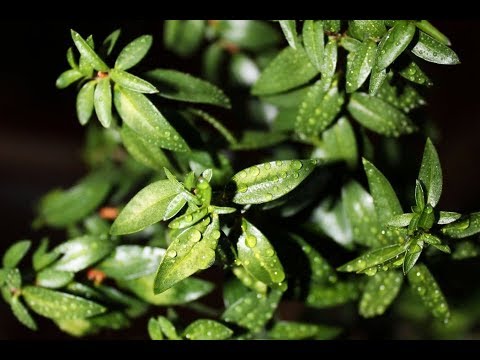

Watch this video on YouTube

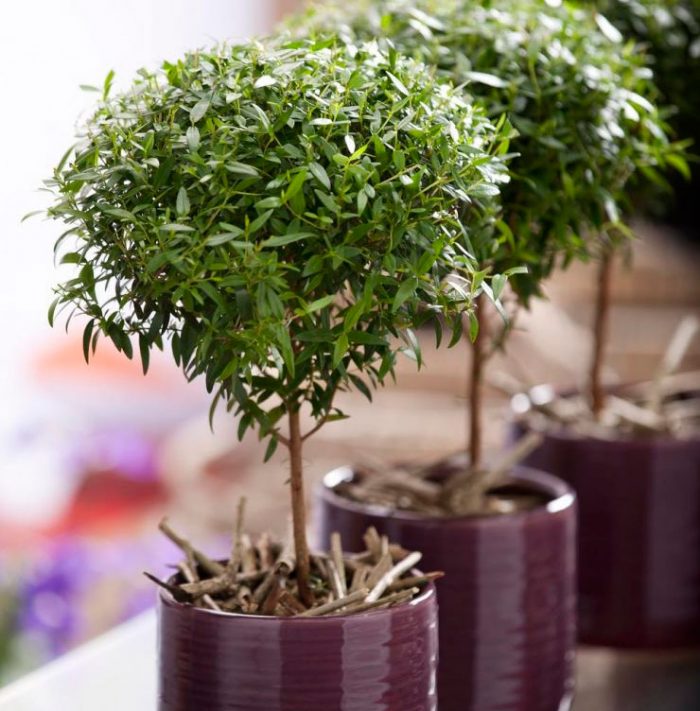
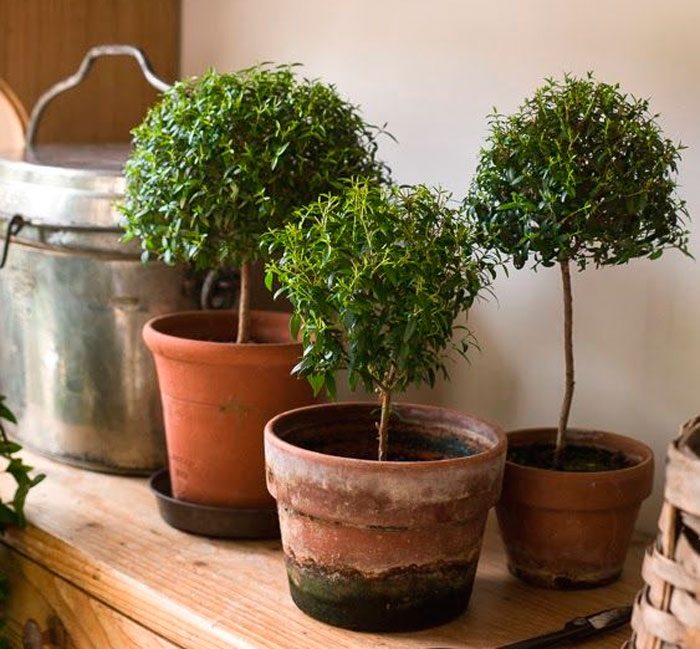
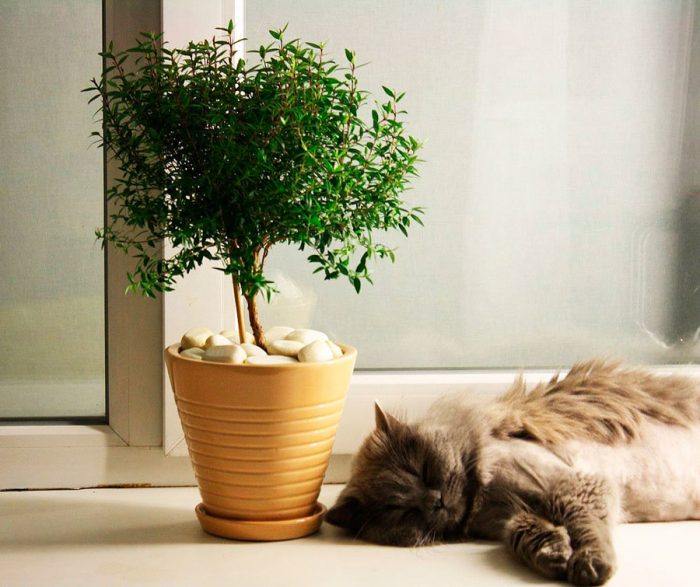
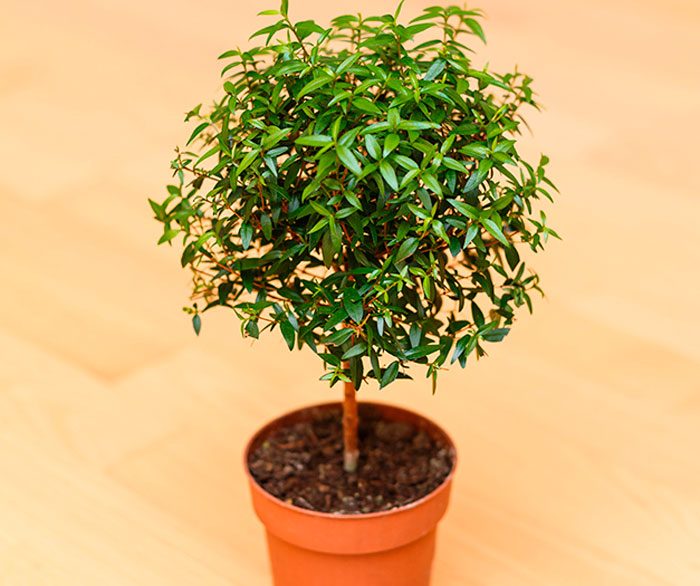
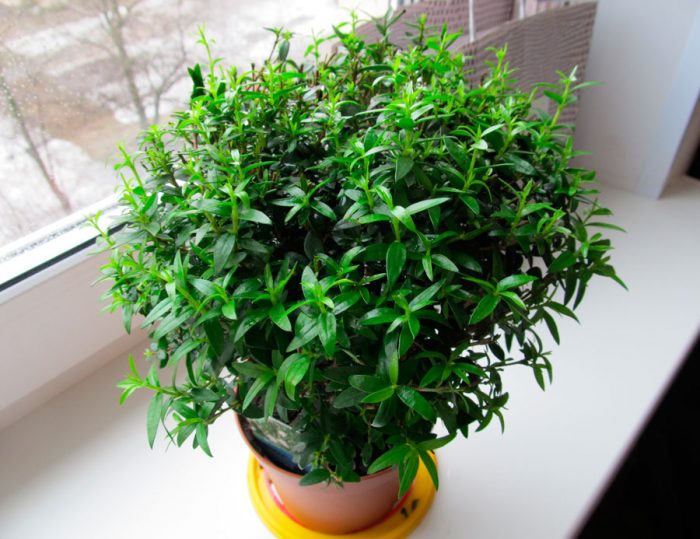

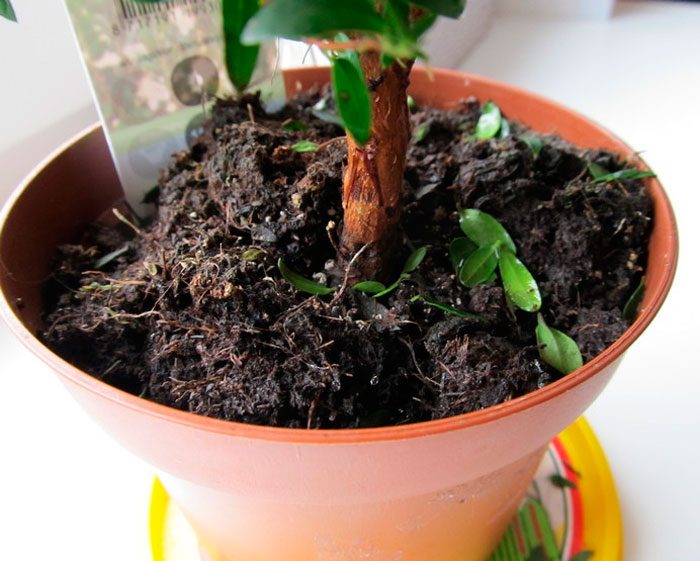
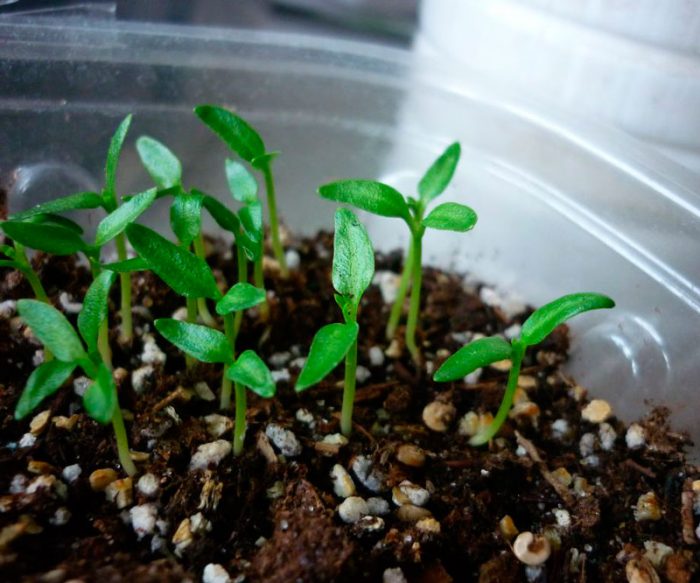
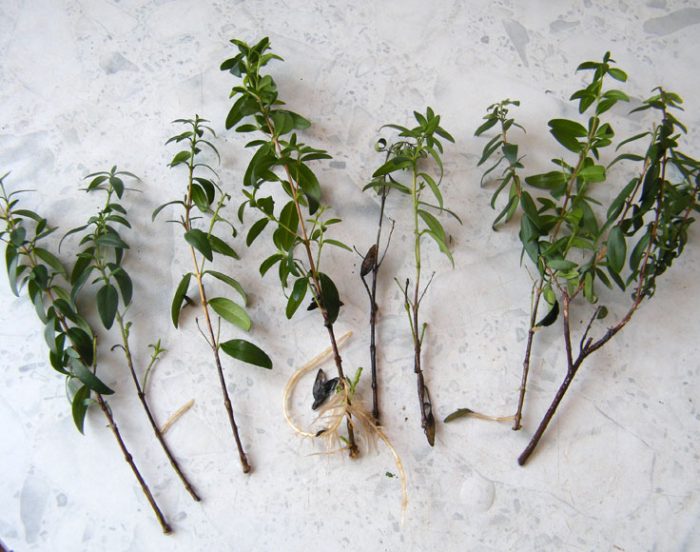
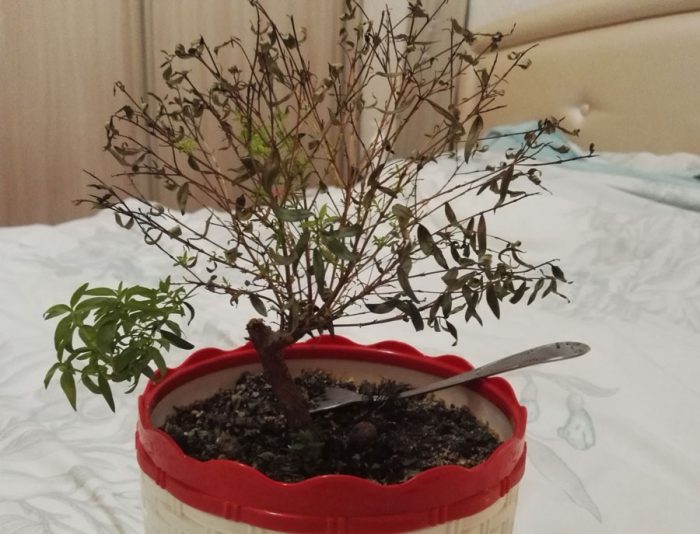
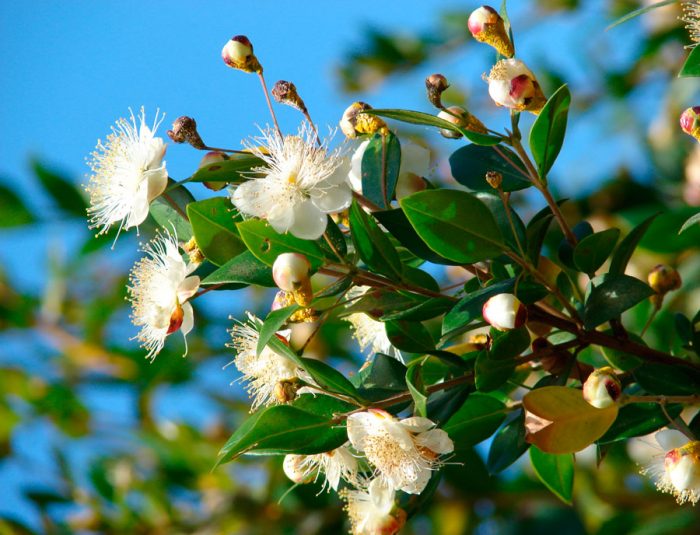
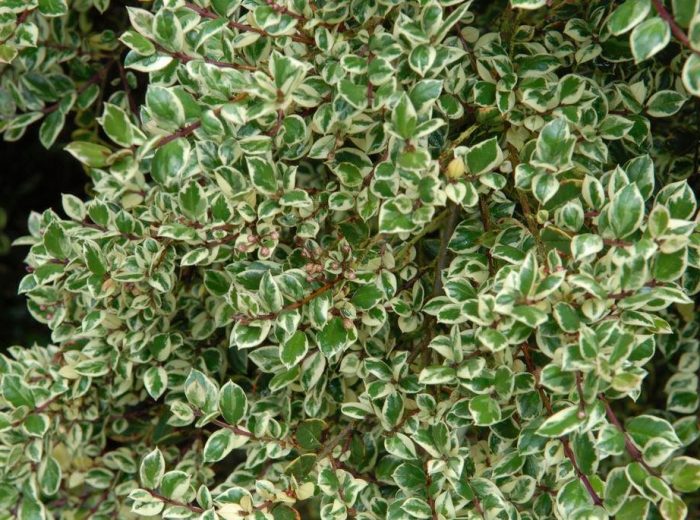
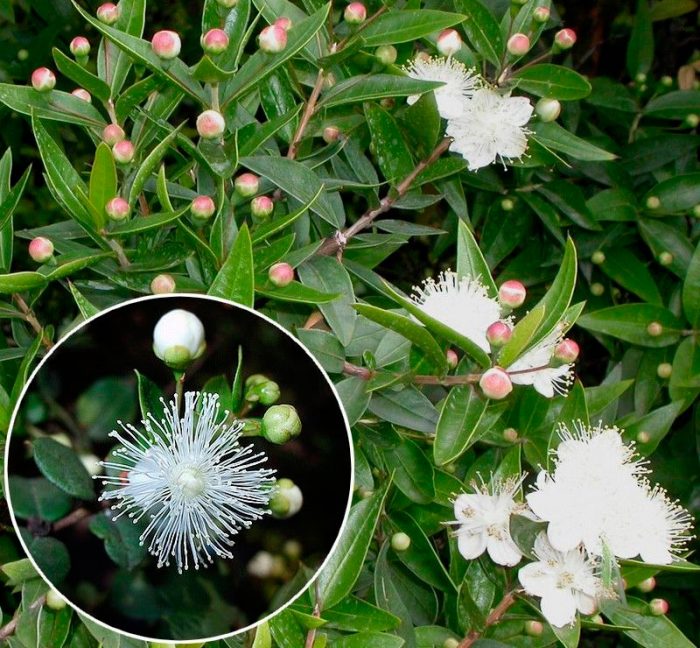
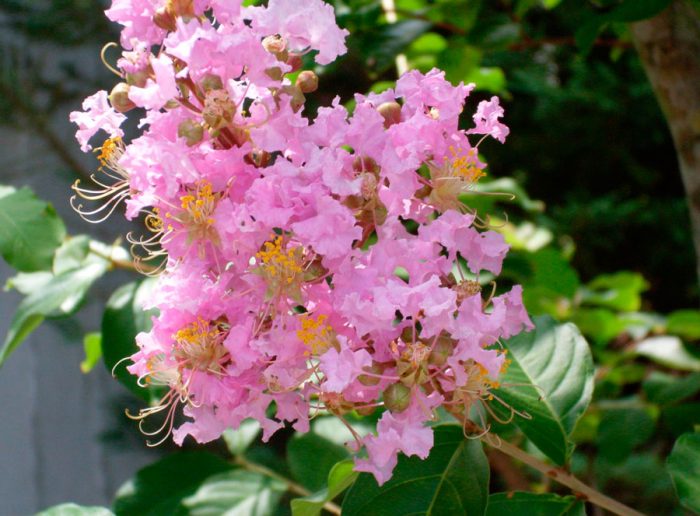
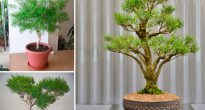

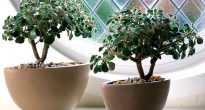
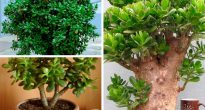

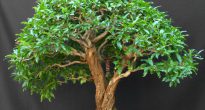
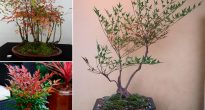

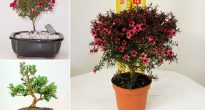

Hello. Please, tell me if there will be an opportunity to buy a myrtle bush next Thursday (01.06) and where you can get this product from in cash.